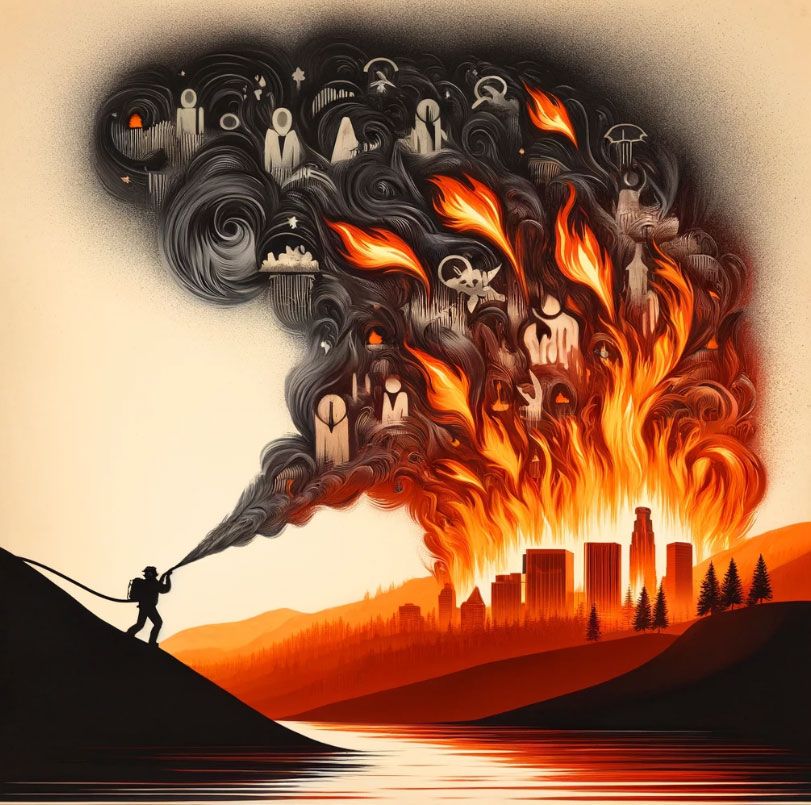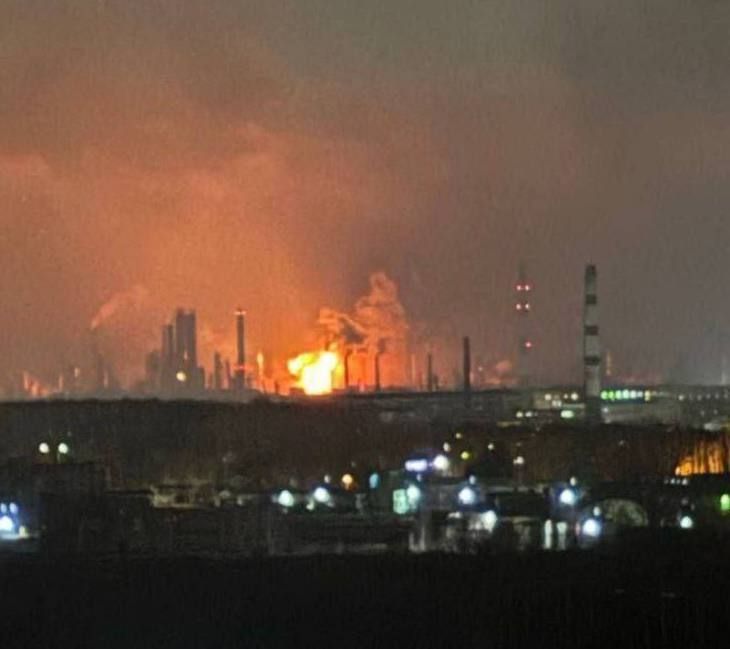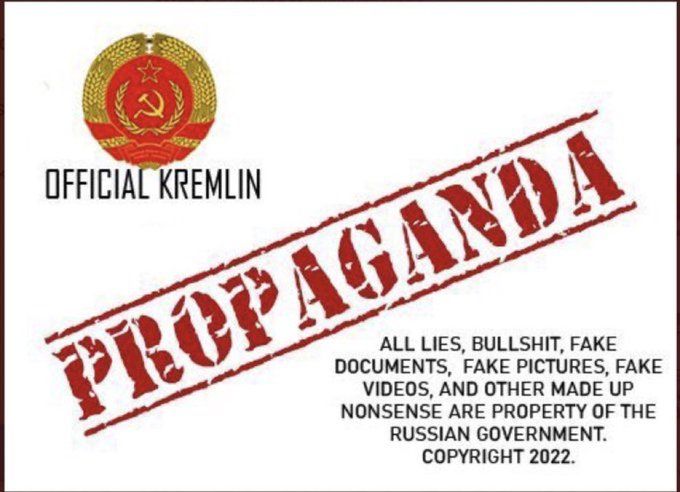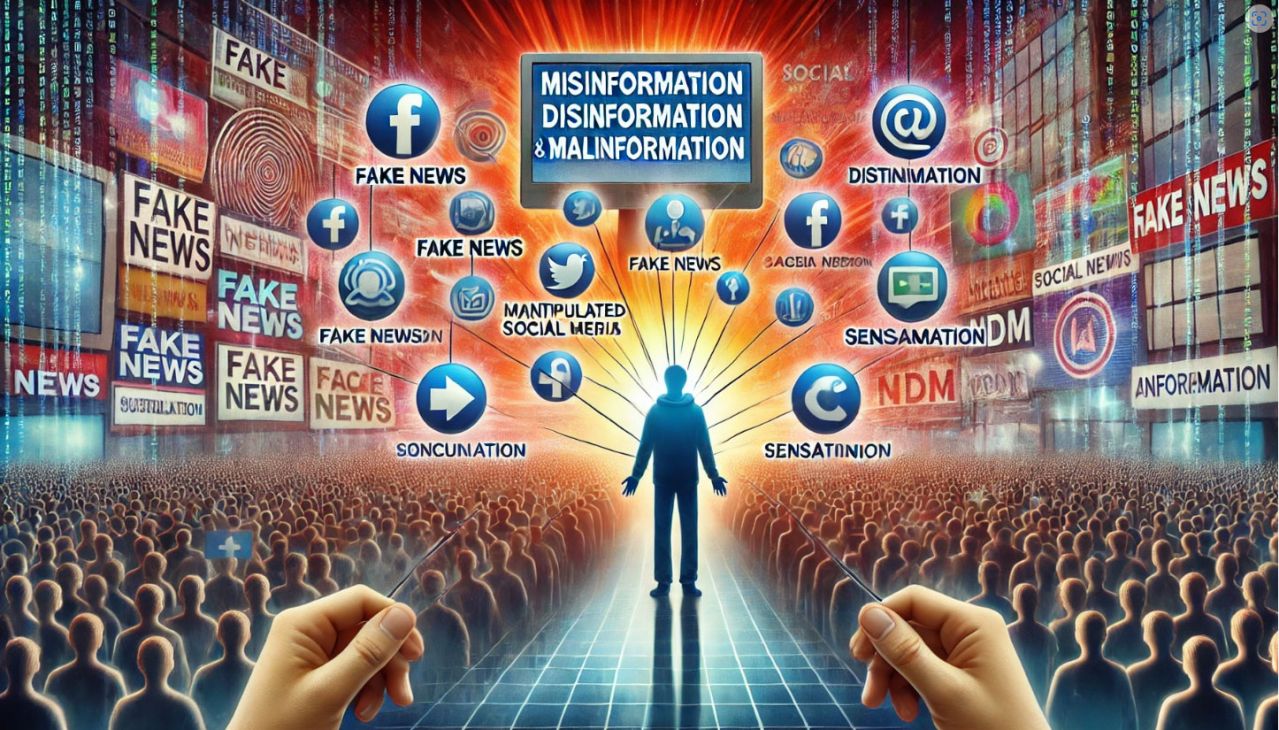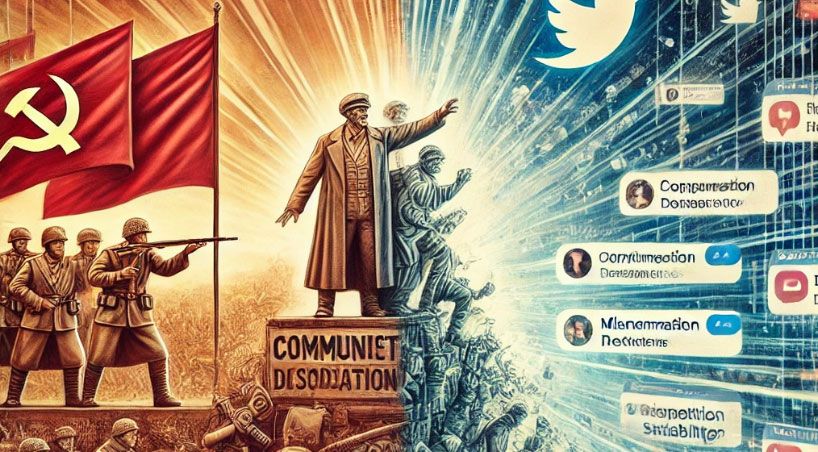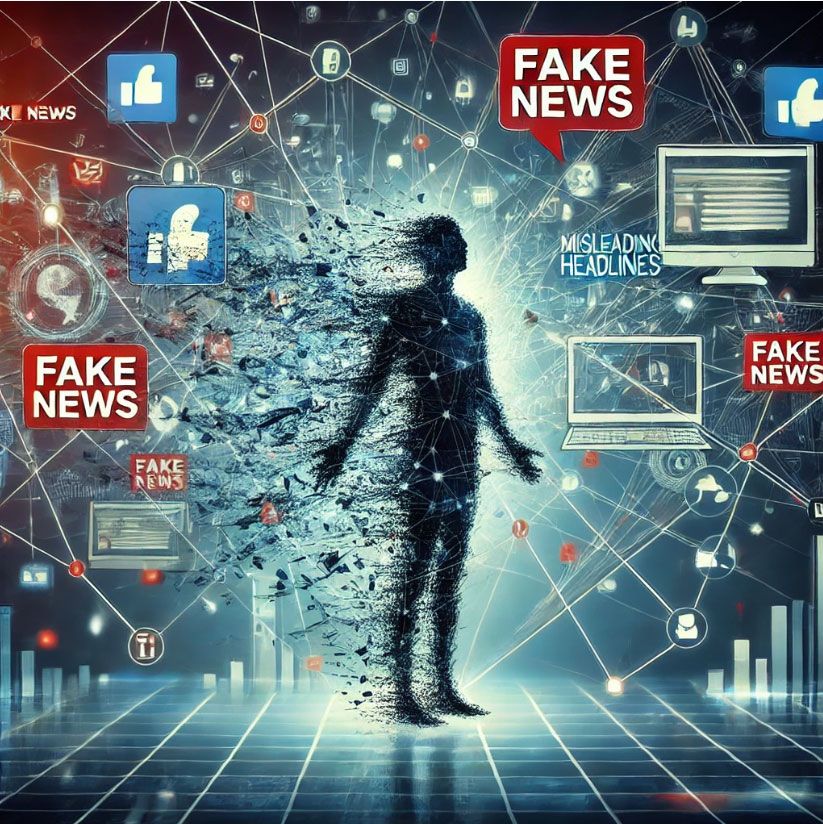The Anatomy of Trump’s Disinformation
During the recent Los Angeles wildfires, Trump has repeatedly claimed that California lacks sufficient water to fight the blazes.
He has pointed fingers at state officials, particularly Governor Gavin Newsom, alleging that their failure to redirect water from Northern to Southern California is exacerbating the crisis.
Trump’s remarks culminated in a statement threatening to withhold federal disaster aid unless California revises its water policies.
Experts, however, paint a very different picture.
Mark Gold, director of water scarcity solutions at the Natural Resources Defense Council and a member of the Metropolitan Water District Board, emphasized that Los Angeles has “as much water stored as any time in the history of our agency.”
Marty Adams, former general manager of the Los Angeles Department of Water and Power (DWP), echoed this sentiment, stating that “there’s way more water in local storage than you could ever fight a fire with.”
The real obstacles to firefighting in this case were hurricane-force winds that grounded aircraft—aerial support being crucial to combating large wildfires—and an infrastructure designed for residential and commercial needs rather than cataclysmic events.
As Stephanie Pincetl, director of the California Center for Sustainable Communities at UCLA, succinctly put it: “We have really no lack of water. What we have is an infrastructure that is not made to fight cataclysmic fires, biblical-size fires.”
Source: NPR Article on California Fires
The Role of Amplification
Trump’s disinformation does not exist in a vacuum.
Prominent influencers and conspiracy theorists have latched onto his claims, amplifying them on social media. False narratives have emerged, such as the idea that water was deliberately withheld to clear land for urban planning concepts like “15-minute cities.”
These theories, devoid of evidence, exploit pre-existing fears about government control and environmental policies.
Even pop culture figures, like actor Mel Gibson, have added fuel to the fire.
In an appearance on Fox News, Gibson suggested that water reserves were intentionally let go, stating, “In events like this, you sort of look, is it on purpose? Which it’s an insane thing to think. But one begins to ponder.”
This rhetoric further normalizes distrust in government and local agencies, muddying the waters of public understanding.
Why Spread Disinformation? Speculating on Trump’s Motives
Disinformation is rarely accidental, and Trump’s rhetoric during the wildfires raises questions about his underlying motives.
Here are several plausible explanations:
- Political Gain: By blaming Governor Newsom and California’s Democratic leadership, Trump galvanizes his base while deflecting attention from systemic issues like climate change. This allows him to frame himself as a decisive leader offering solutions, even if those solutions lack factual grounding.
- Climate Action Sabotage: Trump’s denial of climate change has been a hallmark of his political identity. By redirecting the narrative from climate-driven disasters to policy failures, he undermines support for climate action and reinforces skepticism about environmental regulations.
- Undermining Trust in Institutions: Trump’s broader strategy often involves discrediting local and state governments. By painting California’s infrastructure and leadership as inept, he strengthens his case for federal intervention and control.
- Fueling Conspiracy Mindsets: False narratives about water control and “15-minute cities” align with Trump’s pattern of leveraging conspiracy theories to maintain engagement among his followers. These stories foster a worldview where government and elites are perpetually working against the public.
Long-Term Implications of Today’s Disinformation
The disinformation Trump is spreading about the wildfires may have far-reaching consequences, both immediate and long-term.
Here’s what’s at stake:
- Delays in Climate Action:
- Shifting the focus away from climate change hampers efforts to address the root causes of increasingly destructive wildfires.
- Misinformation creates public resistance to necessary policies, such as renewable energy investments and infrastructure adaptation.
- Erosion of Institutional Trust:
- False claims about water policies and firefighting resources diminish public confidence in local and state agencies.
- This distrust could weaken future disaster responses as misinformation fuels public reluctance to comply with evacuation orders or resource allocations.
- Increased Polarization:
- By turning natural disasters into political battlegrounds, Trump’s rhetoric deepens divisions between political ideologies and regions.
- The vilification of California’s leadership alienates communities already skeptical of federal intervention.
- Leveraging Crisis for Political Agendas:
- Trump’s focus on California’s water policies could set the stage for broader federal initiatives to exert control over state-level resource management.
- The normalization of conspiracy theories may embolden other leaders to use similar tactics during future crises.
Countering Disinformation and Moving Forward
To combat the harmful effects of disinformation during crises, several steps are essential:
- Clear, Proactive Communication: Experts and local leaders must present evidence-based explanations swiftly and consistently to counteract false narratives. Platforms like social media should be leveraged to disseminate accurate information where misinformation thrives.
- Fact-Checking and Media Literacy: Public awareness campaigns highlighting the dangers of disinformation can empower individuals to question dubious claims and rely on credible sources.
- Infrastructure Investment: Addressing the real vulnerabilities exposed by the wildfires, such as outdated water systems and insufficient aerial firefighting support, can reduce the likelihood of future crises being exploited for political gain.
- Policy Advocacy: Supporting climate action and resilience measures will mitigate the systemic issues that disinformation seeks to obscure.
Conclusion
The Los Angeles wildfires underscore the dual crises of climate change and disinformation.
Trump’s false claims about water shortages not only distract from the real challenges but also sow division and distrust.
By understanding the motives behind such narratives and their long-term implications, we can better prepare for future crises and safeguard public trust.
Ultimately, the fight against disinformation requires the same urgency and coordination as the fight against the wildfires themselves.
Clear communication, informed action, and strong public trust are essential to counter disinformation, tackle climate challenges, and prevent future crises from being weaponized for political gain.


